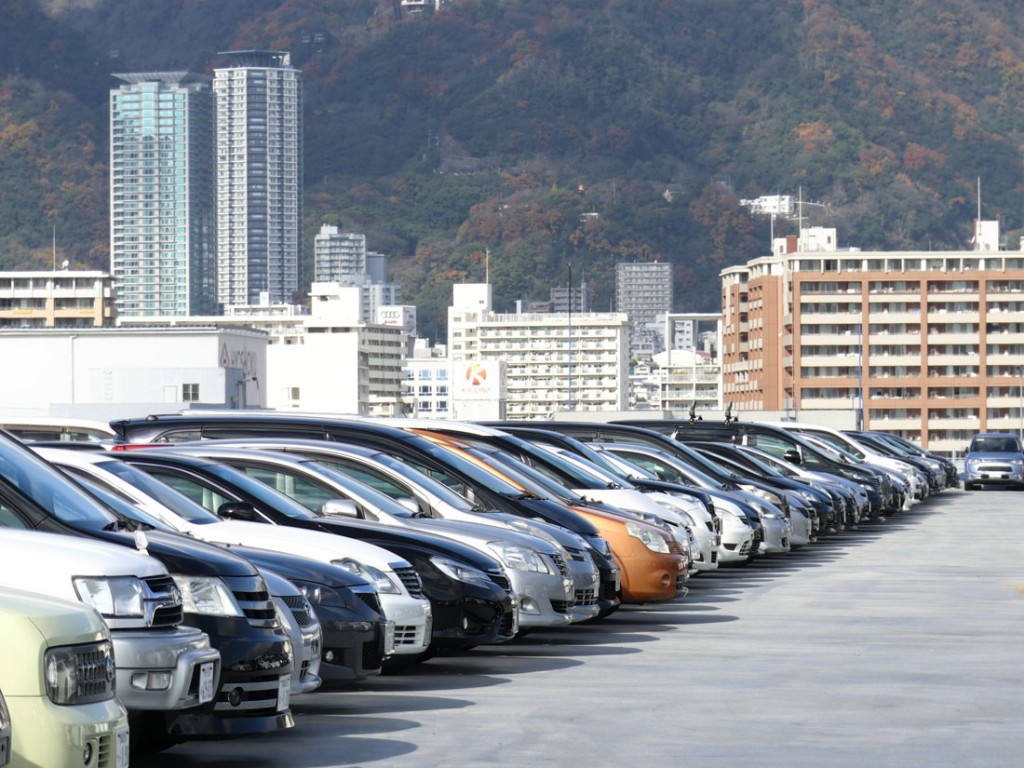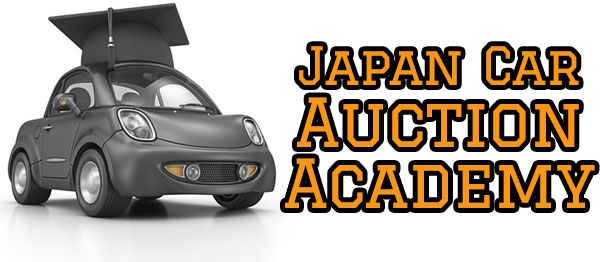
What are typical comments a Japan car auction inspector will note?
The Japanese car auction inspector is going to look at four aspects of each car -- the interior condition, the exterior condition, the structural parts of the car, and the mechanical parts of the car.
The amount of comments he will make will vary. Obviously a grade 5 car is going to have very little to say about it in comparison with a grade R street racer that has been in a heavy accident, has had a lot of panels replaced and many aftermarket (AM) performance parts fitted.
Here are some common comments you will often see:
- Interior grime
- Interior wear
- Cigarette burns – light surface damage caused by a cigarette
- Cigarette burn holes – actual holes in trim caused by a cigarette
- Steering wheel worn
- Scratches and dents – generic catch-all phrase found on most auction sheets, so best to look at the car map to see the real extent of these.
- Wheels scratched
- Door mirrors scratched
- Rust underneath vehicle – there is some rust (orange discoloration) on the underside of the vehicle, extent unknown.
- Front windscreen scratched
- Front windscreen cracked
- Steffen Roettcher (Kenya)
Limitations of the auction inspection
Japanese car auction inspectors do a good job of inspecting vehicles, but that doesn't mean they are perfect. There are limitations which you should bear in mind.
First of all, consider the fact that the auction property is like a parking lot. Some a quite small, and some (like USS Tokyo or HAA Kobe) are very large. But all of them have in common the fact that they are basically car parks. So one of the biggest limitations of the inspections is that the cars are not driven at speeds higher than you would expect in a parking lot. If a car has an issue that only shows itself when the car gets into fifth gear at 50 miles per hour, then there is clearly no way the auction inspector is going to pick this up.
Secondly, you have to remember that most of these cars are trade-ins. Whereas a car dealer selling to a customer will give the car a full service before handing it over, auction sellers are putting their cars in the auctions as-is. What that means is that the car may well do fine in the inspection, but after that it will be transported, sit on the wharf in Japan, be driven on and off ships by stevedores over a period of a month or more before it gets into your hands. So, while the car may well have been fine when the inspector saw it, you need to take into account that there could have been deterioration before it gets in your hands.
Of course, as a smart business person, you understand the risks involved, so you put aside extra money from when you sell cars for more than you expected, or you buy cars for less than your maximum bid, so that you have extra funds on hand to cover these situations.
How we translate these comments as accurately as possible
One thing you need to bear in mind when reading the translation of an auction inspector’s report is that Japanese does not usually distinguish between singular and plural. In other words, the comment could be “cigarette burn” (singular) or “cigarette burns” (plural).
So, when translating, our translation team errs on the side of caution by assuming the worst-case scenario for any Japanese phrase used by the inspector. If the Japanese is not clear whether there is one or many cigarette burns, we will not enter the translation, “cigarette burn”. Intsead, we will assume the worst and write "cigarette burns".
Similarly, if seller writes something positive about the car, but it is not clear whether it is singular or plural, we will always write the singular in the English translation. For example, if the Japanese says the word for "aftermarket seat", it is not clear in Japanese whether that means one seat or more than one seat. We assume the worst case and translate this as "aftermarket seat".
Unfortunately, a small number of auctions have very poor quality images of their auction sheets. This can mean that some comments that the inspector has written can be hard to read. In this case we will always indicate this to you in the translation like this:
- **** ? (hard to read) – This means that the comment may have been “****”, but that the image is so bad that it is not possible to be 100% sure that the Japanese comment was read correctly.
- ????? (unreadable) – This means that there is a comment on the auction sheet, but that it is completely impossible to read.
With experience translating literally tens of thousands of auction sheets, we are pretty good at figuring out what is written, but when we don’t know, we are always honest and admit that up front.
As always, our goal is for you to have the best information so that you can make the best decisions.

We find that the most successful importers really understand how it all works - from the auction to the ship and beyond. Don't get left behind!


